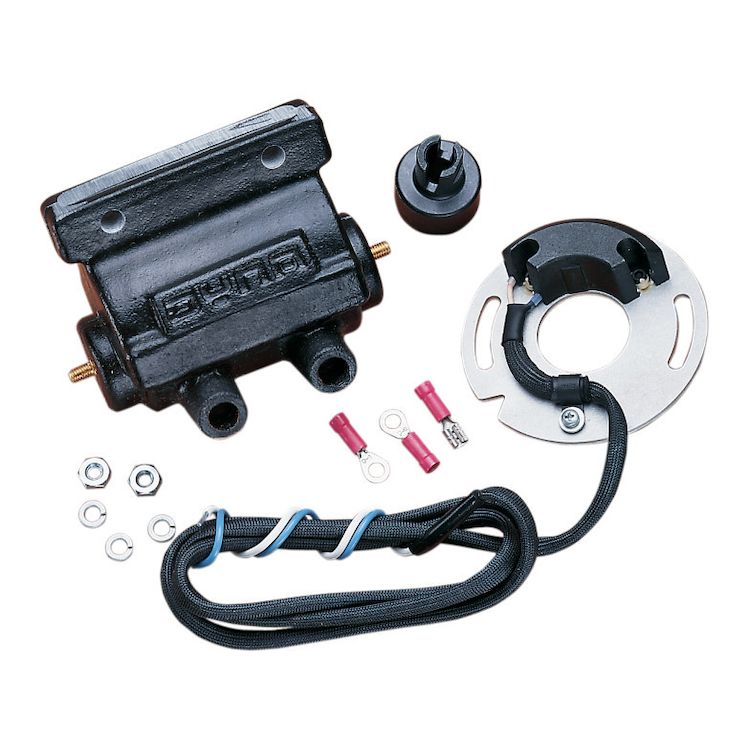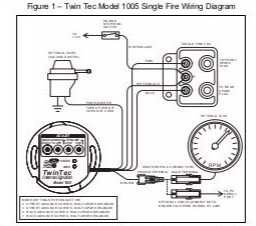

HOME
Ignition systems used for the Gilroy Indian was manufactured by Thunder Heart Performance. Let's take a look at the components and how they interact with making your engine run successfully and what to look for when it is not. First thing to look for if you suspect ignition issues should start with the basics. Does the system have power and ground. The ignition module receives it's power from the coil power wire. If you have power to the coil, chances are you will have power to the ignition module as well. If 12 volt power is at the coil and the engine is not starting, the next step is to locate the ignition module located under the seat on Scout Spirit models and for the Chief it is located under the seat frame behind the under fairings. Turn the ignition key on and turn the engine over. You should see a red LED light flashing when the engine is turning over. If not then the next step is to check and validate the cam trigger and wiring, which is the input signal to the ignition module. I know this has been the culprit for many Chief and some Scout Spirits models. The basic system is the same for both the S&S 88 and the Power-plus 100 engines. Both use a cam trigger sensor to send a signal to the ignition module. If you have a signal to the ignition modules and the red LED is flashing during the time the engine is turning over, then the next test would be to check the spark at the spark plugs. Remove the spark plugs and attach the spark plug to the coil wire and ground the spark plugs. Again ignition key on and turn the engine over. You should see the spark jumping the gap of the spark plug. If this is not present, I would suspect the ignition module or the ignition coil may need replaced. Ignition coils generally are either good or bad, there is no in-between. By this I mean the ignition coil will not work then start working. This is unusual if this happens. Other areas that could influence the no start electrically are the Electric Harness Controller (EHC) located under the dash, I have seen in some cases the EHC can be partially working, such as the front headlight will not come on, but the rear tail lights will. If you remove the dash and see any red LED that are lit up, determine the problem as stated by the test next to the module led. Other areas to check are the start run switch on the right handle bar. This circuit goes to the EHC as a input then ground out the power circuit to the ignition coil and starter circuit. I have experienced this circuit that would allow starting circuit to energize, but would not allow power to the ignition coil circuit. A temperamental ignition switch will act intermittent as well. If you notice when you turn the ignition key on and move it slightly and the dash lights go off, it's time to replace the ignition switch. The contacts inside the switch are worn out. Other not so obvious place to check are the charging system, starter draw is to high and the battery will drop below 9.7 volts during cranking, which shuts off the ignition module to protect it, use caution when jumping a motorcycle with a car, usually the out put is high and can damage the ignition module or the EHC.


Pictured above is an example of a dual fire ignition system for an EVO based engine like the S&S 88. All Gilroy Indian motorcycle came with Thunder heart dual fire ignition system from the factory. Also Thunder Heart offered a single fire ignition system for the Power plus models. I have installed many of them and they work great.
Now that Thunder heart no longer make the single fire ignition system for the Indians, there are alternatives out there that can utilize the factory cam trigger on the Power plus engine. JAM, Ltd offers the Daytona Twin Tec single fire setup for the Indian Power plus that is converted over to use the existing wire harness so it is a plug and play setup.